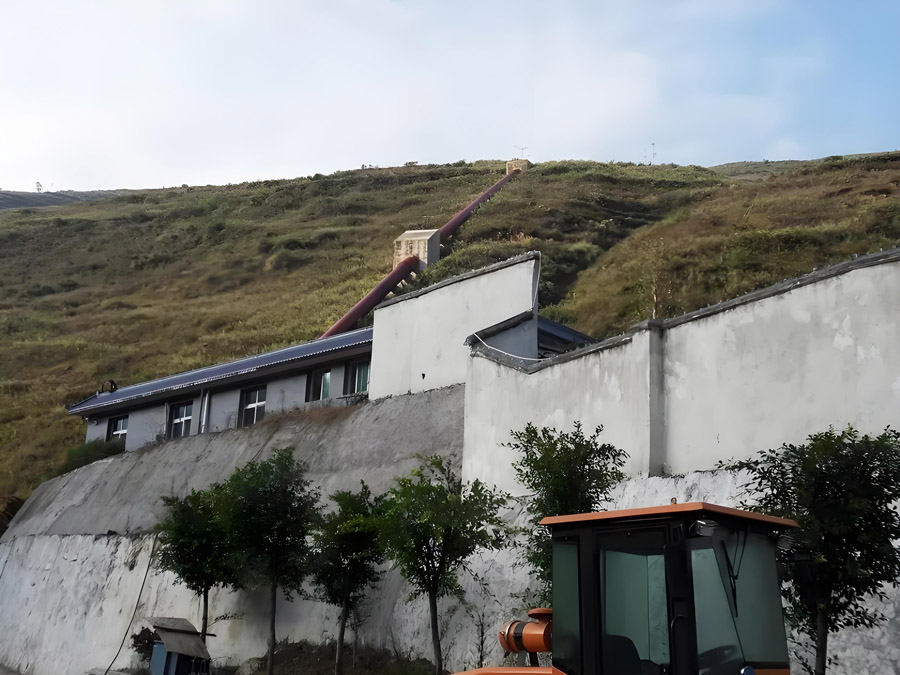The basic principle of hydroelectric power generation is to use the difference in water head in the water body to produce energy conversion, that is, to convert the water energy stored in rivers, lakes, oceans and other water bodies into electrical energy. The main factors affecting power generation are flow rate and head. Flow rate refers to the volume of water passing through a certain location per unit of time, while water head refers to the elevation difference, also known as drop, of water used for power generation.
Water energy is a renewable energy source. Hydroelectric power generation is the use of the natural hydrological cycle, where water flows from high to low on the Earth’s surface and releases energy. Due to the fact that the hydrological cycle is usually based on an annual cycle, although there are differences between wet years, normal years, and dry years, the cyclical characteristics of the cycle remain unchanged. Therefore, it has the same characteristics as solar energy, wind energy, tidal energy, etc., and belongs to renewable energy.
Water energy is also a clean energy source. Water energy is the physical energy naturally stored in water bodies, which does not undergo chemical changes, consumes no fuel, does not emit harmful substances, and does not pollute the environment during the development and conversion into electrical energy. Therefore, it is a clean energy source.
Hydroelectric power generation units, due to their flexible and convenient opening and closing, and rapid adjustment of power output, are the best peak shaving, frequency regulation, and emergency backup power sources for the power system. They play an extremely important role in improving the operation of the power system, improving power quality, and preventing accidents from expanding. They are a higher quality energy source than thermal power, nuclear power, photovoltaic power generation, and other sources.
In order to effectively utilize natural hydropower, it is necessary to comprehensively evaluate the ecological environment, technological capabilities, socio-economic factors, and operational management before constructing hydraulic structures such as dams, diversion pipes, or culverts in suitable areas of the river to regulate flow and increase water head. Therefore, the early stage of the project is generally complex, requires large investment, and has a long construction period, but the power generation efficiency is high after completion.

While developing hydropower, we often take into account the comprehensive utilization of river water resources, including flood control, irrigation, water supply, shipping, tourism, fishing, logging, and aquaculture benefits.
Hydroelectric power generation is affected by changes in river flow, and there is a significant difference in power generation between flood and dry seasons. Therefore, the construction of large hydropower stations requires the construction of large reservoirs, which can not only raise the water head, but also regulate the water volume annually (or seasonally, for many years), and appropriately solve the problem of imbalanced power generation during the wet and dry seasons.
Hydroelectric power plays an extremely important supporting role in the high-quality development of China’s economy and society. Since the beginning of this century, China’s hydropower technology has always been at the forefront of the world, such as the Three Gorges Dam, which is known as the “national treasure”. Other super hydropower projects, such as Xiluodu, Baihetan, Wudongde, Xiangjiaba, Longtan, Jinping II, and Laxiwa, have high installed capacity in the world.
Post time: Oct-18-2024
